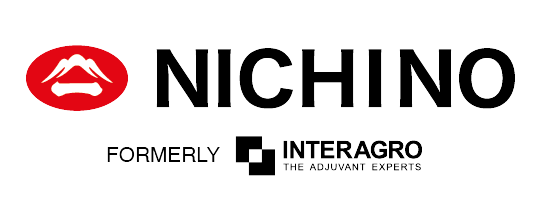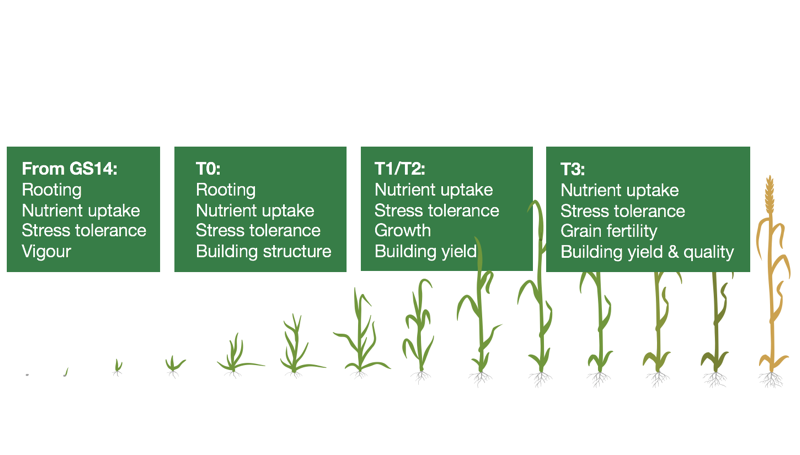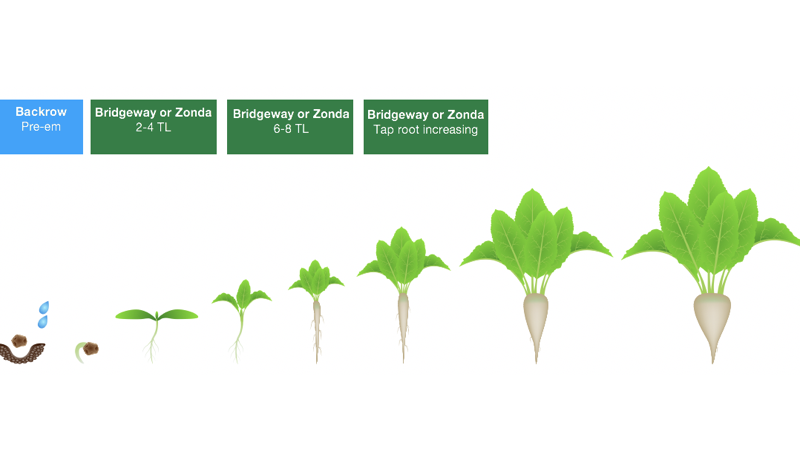Biostimulants are a buzz word on farms at the moment, with proven benefits in terms of both crop health and performance. But after a recent spell of rain across the country has temporarily alleviated concerns over crop stress, are they still worth applying to crops?
With the welcome return of rain to many areas of the country, crops and growers will be feeling at least some light relief after the prolonged dry spell, particularly in the East. So what is the impact on biostimulant recommendations and should growers and agronomists continue with planned Bridgeway or Zonda applications now that droughted crops have received a much needed drink?
Amino acids play a pivotal role in plant health. Not only are they critical in signalling a stress response, they are also essential in all biosynthesis pathways and required for healthy growth and development. The catabolism of proteins, when plants are deficient in amino acids has a huge influence on the energy state of cells and plant health. Since most crops are often far from achieving their genetic potential, we can be pretty confident that enhancing the efficiency of the crop and removing the deficiency by supplementing it with amino acids during the critical phases of growth, offers the best chance to improve plant health in order to fulfill yield and quality potential. It’s also very likely that whilst crops are now less parched than they were, we will experience another dry spell before harvest, putting crops through drought stress at the critical yield building stage, the only question is when.
Key reasons crops are likely to benefit from Bridgeway or Zonda as we head into May
Aids nutrient uptake
After the warm and dry start to the year, growth of many winter crops got going ahead of normal and slowed in April with the dry weather stalling nutrient availability. The recent rain will have kick-started uptake which can be further enhanced with Bridgeway or Zonda. Bridgeway and Zonda both contain high levels of L-Glutamic Acid and L-Glycine which are highly effective chelating agents. When applied together with micronutrients, Bridgeway and Zonda increase the absorption through plant roots and aids transportation inside the plant. L-Glycine and L-Glutamic Acid are very small molecules which aid permeability through cell membranes. Bridgeway and Zonda improve nutrient uptake, essential at this time of year during rapid growth when plants can’t assimilate nutrients fast enough.
Builds metabolic efficiency
Plants synthesise the glucose energy source they need through photosynthesis – the powerhouse of all metabolic processes within the plant. A low rate of photosynethisis will result in plants that are slow growing, impacting potential. Conversely, a plant which is fast growing will be photosynthesising more efficiently with a higher potential. Photosynthesis is reliant on chlorophyll for the absorption of light energy and amino acids L-Glycine and L-Glutamic Acid are fundamental metabolites in the production of chlorophyll. Feeding crops Bridgeway or Zonda increases chlorophyll concentration in plants leading to greener crops and higher rates of photosynthesis.
Builds structure, root biomass and stimulates growth
Whether you’re growing wheat, potatoes, sugar beet or maybe even vegetables, crops fundamentally need to build structure and root biomass to prepare the foundations for the production of food it has been planted to produce. Amino acids are the building blocks of proteins and critical to the integrity of the plant. Plants supplemented with Bridgeway or Zonda will be more resilient to competition with an increased ability to access water, macro and micronutrients critical for healthy growth and development. The amino acids in Bridgeway and Zonda are also important precursors/activiators in phytohormones and growth stimulation as well as crucial for pollination and fruit formation.
Stress defence / recovery
Crop stress from now until harvest is almost guaranteed, the question is, in what form and when exactly will it occur. Liquid fertiliser, crop protection applications, pests and diseases, drought stress, extreme temperatures, frost, hailstorms, low humidity and other osmotic stresses can all have a negative effect on plant metabolism with a corresponding reduction in crop quality and yield. The application of Bridgeway or Zonda before, during or after supplies crops with the amino acids directly related to stress physiology and will have a preventative/recovery effect.
Cost-effective insurance
We still have a way to go before we truely understand the benefits of using Bridgeway and Zonda and how to get the best out of them, but what we have learnt is that get it right, and considerable margins can be made, that more than pay for the cost of input. We’ve seen significant yield increases in Wheat of 3t/ha, 11 t/ha in Sugar Beet, over 12 t/ha in potatoes to name a few.
Research to date shows that the best yield and quality responses come from a programme approach that starts early in the crops life and continues through the critical yield building phase. Applications made ahead of a stress period will help to optimise the crop’s host defenses.
Bridgeway / Zonda application timing recommendations in key crops
Approved for use on organic crops
Bridgeway and Zonda have both been verified by the Soil Association and are permitted for use (with justification required at inspection) within Soil Association organic standards for producers as a plant derived fertiliser. Bridgeway and Zonda also have full approval by Organic Farmers and Growers and can be used in all organic systems without restriction.
How to use Bridgeway / Zonda
- For best results, apply Bridgeway or Zonda early to protect yield potential
- Apply ahead of crop stress and maintain applications at the key stages of crop development
- Apply from GS14 in Spring Barley
- Apply 1.0-2.0 L/ha at T0 in Cereals and follow up with 2.0 L/ha at T1, T2 and T3
- Bridgeway and Zonda are miscible with the most common crop protection products and fertilisers. Testing for compatibility if recommended before use
- When applying with crop protection products, add Bridgeway or Zonda to the spray tank first
- Where adding an adjuvant to the tank as well, apply in the following order: 1. Adjuvant 2. Bridgeway or Zonda 3. Crop protection products
- Avoid tank mixes with Centurion Max
- Where using Bridgeway or Zonda with post-emergence herbicides in Sugar Beet, the use of oil should be avoided for crop safety










